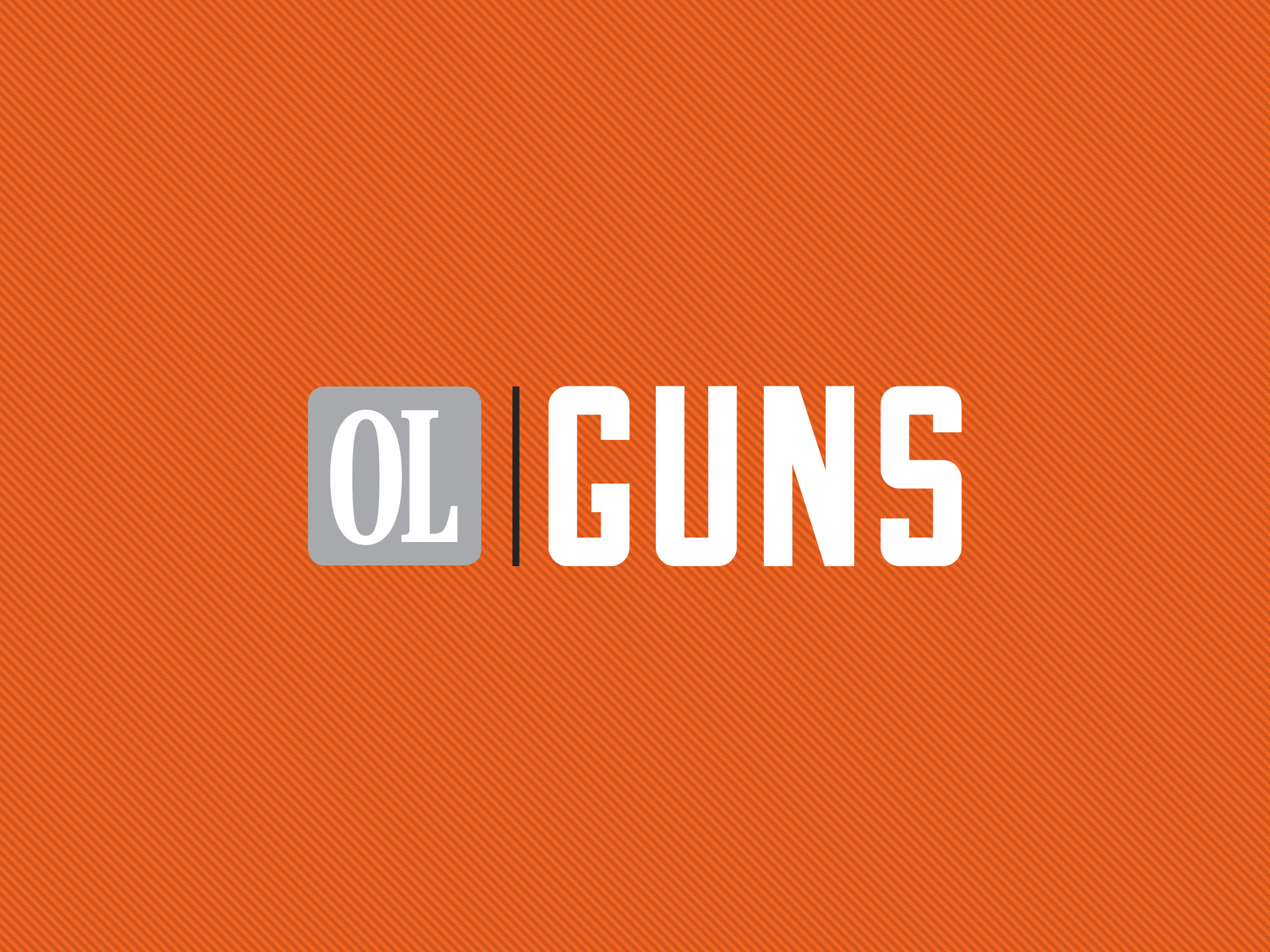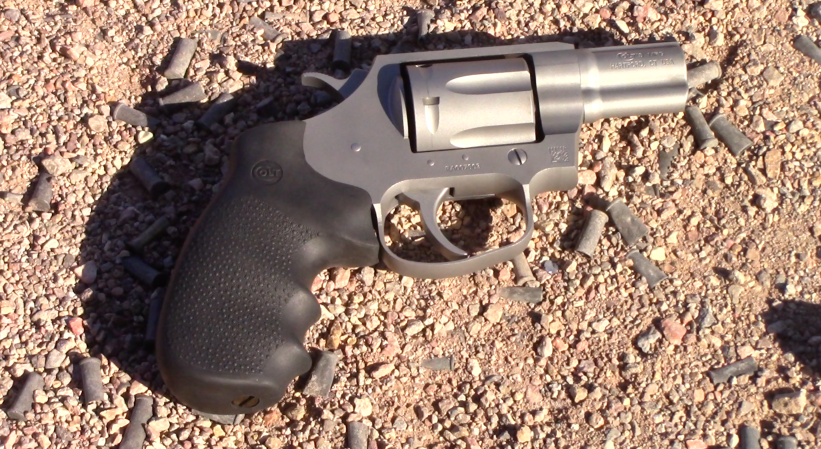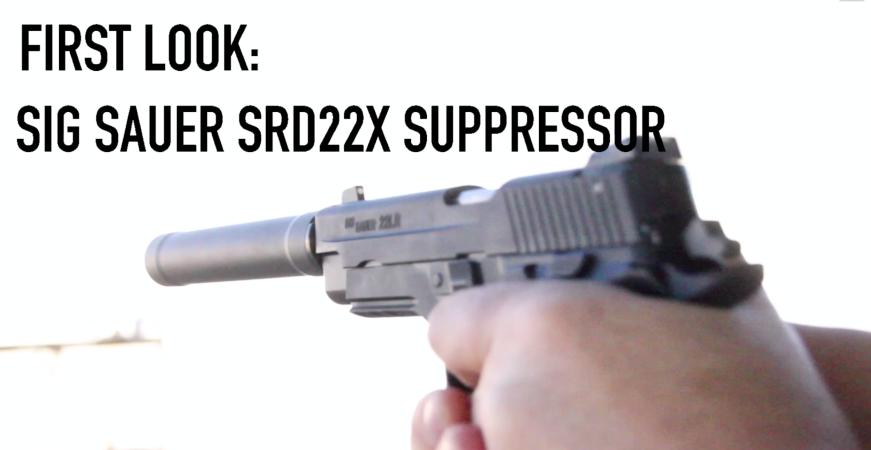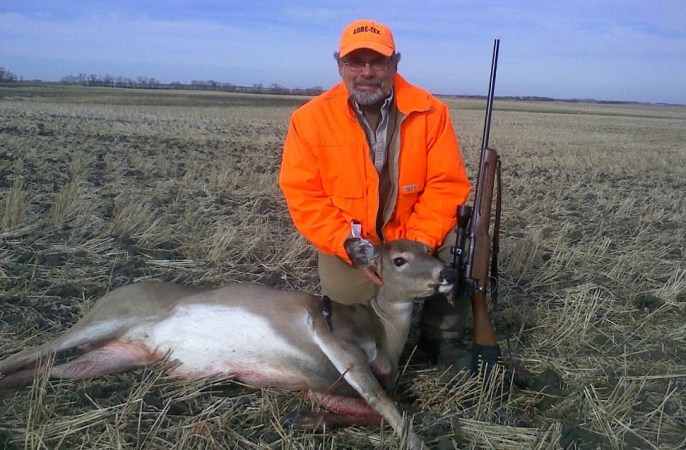We may earn revenue from the products available on this page and participate in affiliate programs. Learn More ›
Though demand is no doubt the dominant driving factor, another component is a finite amount of smelting capacity. That limits the amount of finished product, which, in turn, drives up the price.
You might expect the higher cost of factory ammo would spur a resurgence in handloading, but that hasn’t happened. Why? “First, relatively speaking, ammo costs less than it did twenty-five years ago, and it is certainly a bargain when you consider the other costs involved in enjoying the shooting sports. Second, time is a more important commodity, and it’s harder to find,” Dwyer says.
True, but there’s another factor at work. The price of reloading components has shot up as well, reducing the incentive to load your own.
Though Dwyer believes customers are accepting on-going price increases (however grudgingly), Remington has noted that some customers have balked at the higher-priced stuff. “We’re repackaging some of the higher-priced items to help our consumers,” says Tim Tucker, Remington centerfire and rimfire product manager. “For example, a new five-pack of turkey ammo—instead of the ten-pack—should help reduce sticker shock.”
Well, maybe. It’s the classic American answer to a problem—let’s repackage it! This I know: the guys at my gun club who are sighting in for deer season are sure griping about the cost of a box of .270s. And some have decided to shoot less. And that’s a loss for us all.
Slaton White








